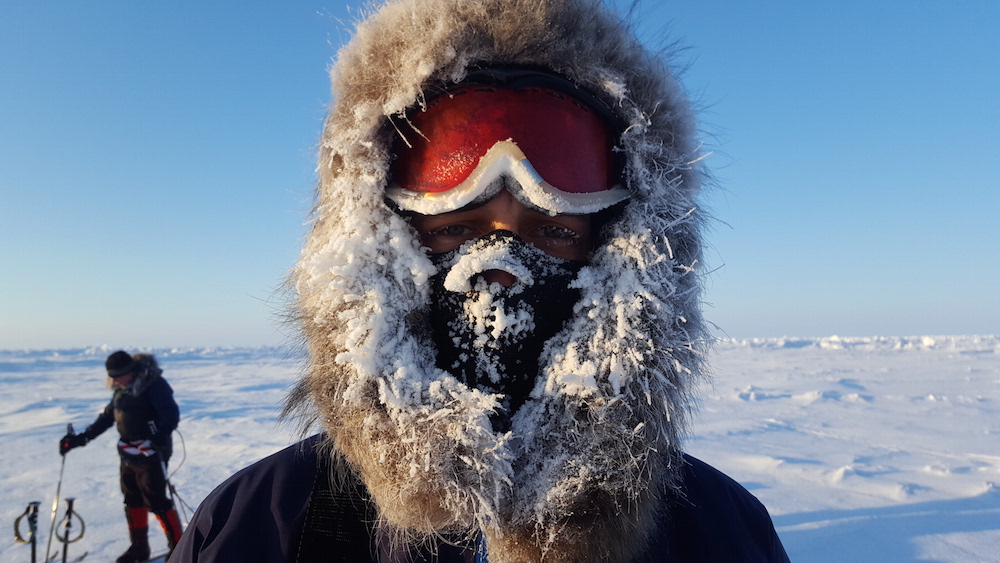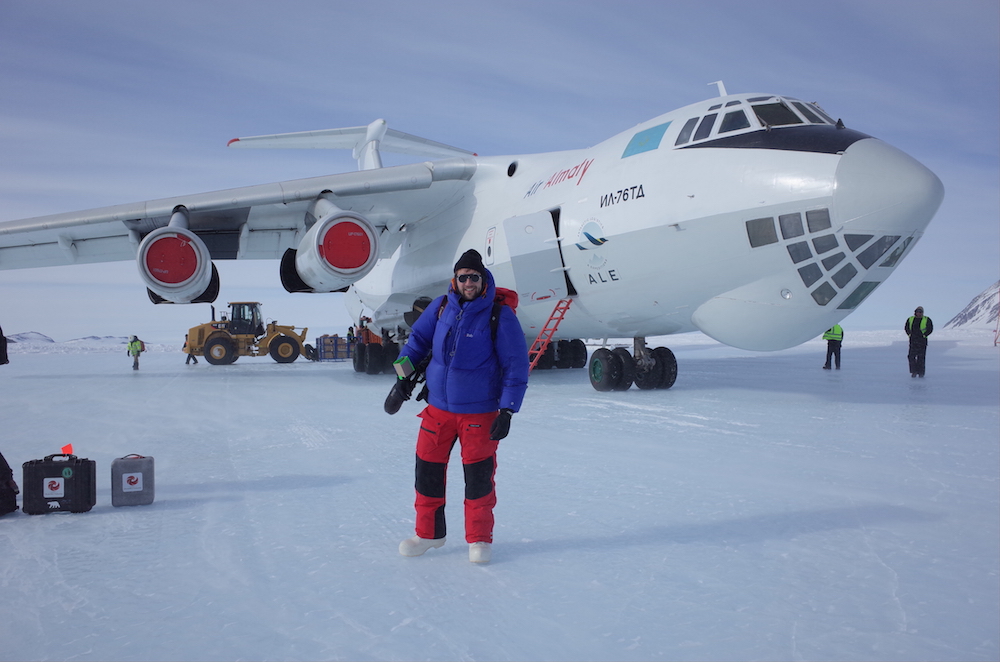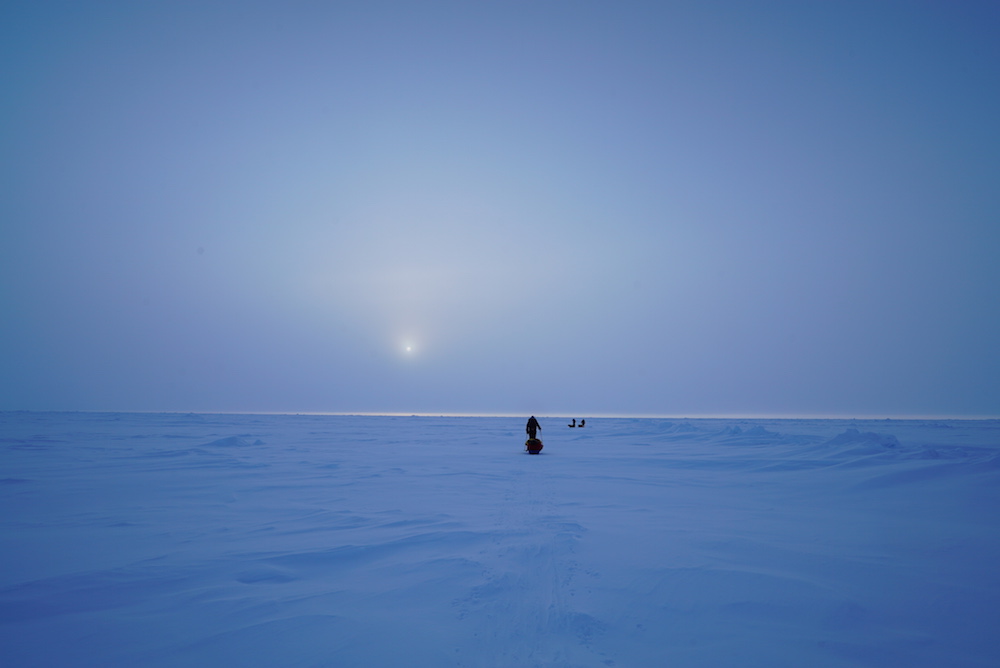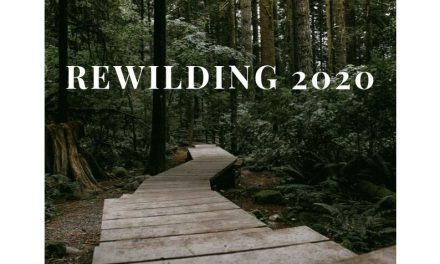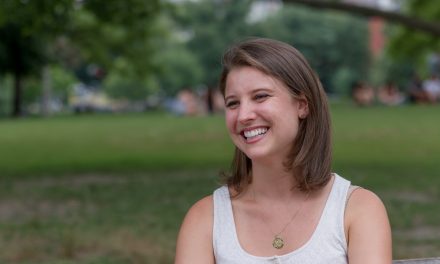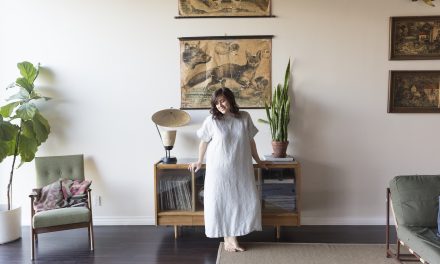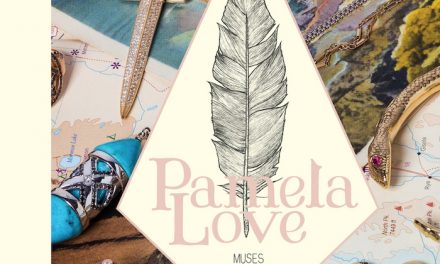Behind the Lens with Igor Kropotov
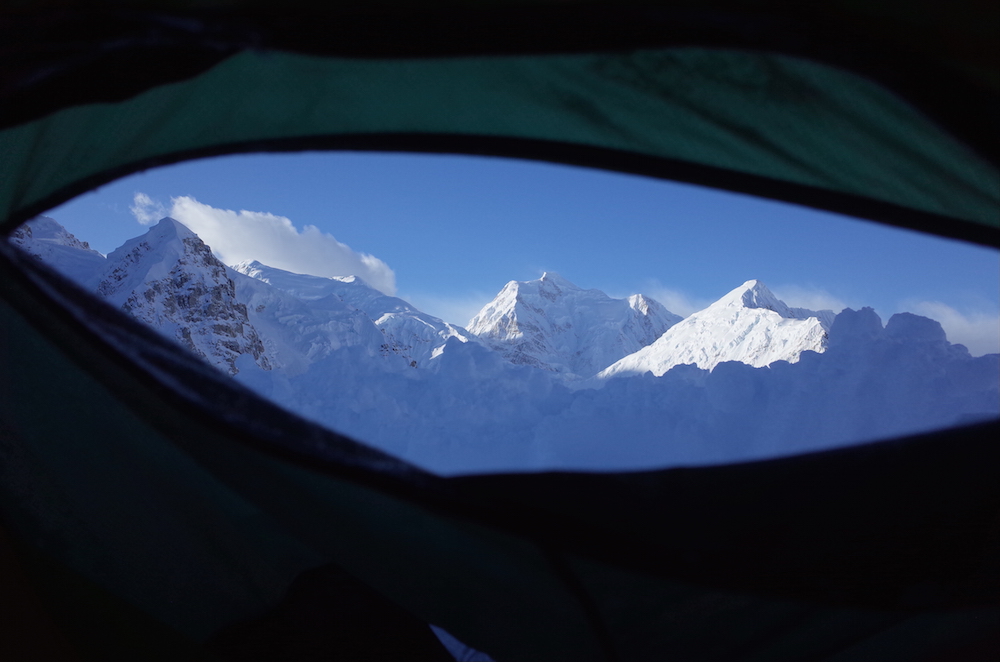
Igor Kropotov has lugged camera gear across the rapidly disappearing ice sheets of the North Pole, through the harsh sun of the desert, and to the treacherous sides of cliffs to document the indigenous wild honey harvesters of Nepal, all in the name of storytelling and bringing the perfect image to life. Originally from Russia, Kropotov now lives in New York City (when he’s there) where he works as a Director of Photography on commercials, films and documentaries. His most recently released narrative feature is called FEED (available to buy on iTunes), written by and starring one of our Wolf Pack’s own, Troian Bellisario. We got to catch up with Igor for a moment to talk about adventure seeking, the influence of his birthplace on his work and how he wound up with a camera in his hands.
How did you find yourself as a Director of Photography?
I never thought I’d find myself doing what I am doing as a career. I think a lot of people are good at something, very talented individuals that never get an opportunity to try something in which they could be very successful. You may be an excellent violinist, perhaps the best in the world, but never have been handed a violin, so you are not able to discover that talent. That being said, you may never have been attracted to playing the violin.
I didn’t seek out a career in cinematography; it’s something I tried as a teenager and it somehow just lent itself to a career path. I spent my formative years in Moscow, Russia, where I used to be a hardcore skateboarder. I made my poor mother drive me to a place called Victory Park after school so I could skate for a couple of hours, and then I’d come back home at 10pm and start doing homework. I lived and breathed skateboarding. As with any extreme sport, it comes with a lot of injuries – broken fingers, concussions, rolled ankles, messed up elbows and the one that took a real toll on me, a broken leg. It was a serious injury that put me in the hospital for over three weeks and required metal pins to gather the shattered pieces of bone. I had a cast for over three months and was in physical therapy even longer. Having based my circle of friends and my life around skateboarding, I was unwilling to give it up completely. In order to stay connected to that world, I decided to make a skateboarding video as a way to stay active, but not jeopardize my body with another injury.
That was the genesis of it all – I started filming with my dad’s old camera and got a fish-eye lens, picked up a still film camera, and photographed my friends and everything surrounding skateboarding. I loved it, and, at some point, I started enjoying it even more than skateboarding itself. When senior year rolled around, I was applying for business management programs mainly in the UK and London to stay closer to home. But, there was an undeniable part of me that wanted to know what film-making was like. Despite my college counselor’s advice to pursue a career that was “respectable”, I decided if I was going to go to film school, I would apply to the best one, which at the time was New York University. When I got my acceptance letter from NYU, I broke the news to my parents I was moving to America.
How did your birth place of Russia inspire you as a visual storyteller?
I was born in Siberia, a city called Novokuznetsk, which is close to the border of Mongolia and China. Novokuznetsk (which translates to “New Smith Town”) was set up as an industrial city during the Stalinist times, as a part of his five-year and 10-year plan to propel the industry forward. The city houses five metal refineries where scrap metal is shipped via railroads from all across Russia and melted down and re-purposed. The other major industry there is coal mining. One of my grandfathers was an electrician in the coal mine, and most of the generations just follow in those footsteps. Creativity or the arts don’t really exist in a place like Novokuznetsk. It wasn’t until I lived in Moscow, I began to be creatively inspired by my surroundings.
I am inspired by Russian cinema – there is something so deeply sad about it, or perhaps it’s truth. I’ve always related to and been touched by Russian films as an honest representation of life – not so much in the sad element of it, but more culturally. I joke with my friends, if I was to be stuck on a mountain for a month I would have to write Crime and Punishment, as the Russian would simply come out of me. This has led me to seek out projects that are dramatic, about humans and life, those are the types of films I am attracted to in the narrative shape. I also work on a lot of documentaries that put me through the ringer physically and emotionally to get the job done. I guess I like torment.
Where are some of the most memorable places you’ve been able to travel for work?
I’ve been very fortunate to have traveled to many different places for work. Travel is something I really enjoy as an experience. You may have all the money in the world and own a huge house and cars and whatever your heart desires, but if you go bankrupt those things can be taken away from you. Experiences, like traveling, cannot. I value and treasure every opportunity I get to travel for work, which has taken me many places, such as Nepal, for a project called Mad Honey for VICE. There we filmed a native tribal community out in the foothills of the Himalayas who harvest the wild hallucinogenic honey hanging out on the cliff sides.
I have filmed in Antarctica, a place called Union Glacier camp, where we flew for four hours from Patagonia on a Russian cargo plane and landed on a glacier made of solid blue ice. The most memorable however, was my recent project I filmed about Sean Swarner called True North, which will be released this fall on PBS. He is a two-time cancer survivor and the first person to complete the Explorer’s Grand Slam, which essentially consists of climbing the tallest peak in every continent, including Everest and Mt. Vinson in Antarctica. I was fortunate enough to be invited on a nine-day expedition to the North Pole with him, documenting his final steps in the completion of his Explorer’s Grand Slam tour. Spending nine days on skis, pulling a sled through -35C, trying to film everything at the same time, all while sleeping with the entirety of my camera gear inside of my sleeping bag. Every night is an experience I could never forget. It redefined what being cold is for me, having to constantly be conscious of your extremities as to not develop frost bite.
People often mention my Siberian roots when I’m shooting in extreme environments like Antarctica and the North Pole. They say, “Oh, you’re not cold because you are from Siberia.” Trust me, I am just as cold as you are, I simply manage it better. Perhaps it does have something to do with growing up in Siberia, but I doubt that. We are all humans, we are all the same. However, I will take the cold over shooting in extreme heat any day.
Have you always been adventurous, or is it something you had to adapt to as a part of being a DP?
I never really considered myself to be outdoorsy. I enjoy being outside but never thought that I would love the “great outdoors” so much. In fact, I have never really even been camping up until about three years ago. One afternoon, whilst sitting under a tree in Central Park, I made a spontaneous decision to travel somewhere – camping in Denali National Park in Alaska. During my stay in the park, one of the visitors centers was playing a 15-minute documentary about climbing Denali, the tallest peak in North America. The 20-day expedition required carrying backpacks and hauling sleds with supplies on a glacier with crampons and ice axes in unforgiving Arctic conditions. I was so inspired at that moment in time, I decided it was something I had to try! A couple of months later, I found myself learning mountaineering on Mt. Rainier in Washington State. Three years later, this past May, I climbed Denali, and I was grateful that I was doing it for me and not for a job.
As I dove deeper into the sport and with the advent of social media, I started to be asked to do jobs that required technical climbing experience or harsh conditions. Actually, now that I think about it, I think it was my developing passion for the outdoors made people begin to approach me with projects of that type. Once you fall into a niche of some sort, the projects just keep coming. “Oh, Igor? Yeah, he can handle the cold really well, I think he might be the right person for the job.” I still do cushy commercial jobs in New York with an air-conditioned studio and an exorbitant craft table, and feature films with a full crew that gives you all the support you need to get the job done. I think both of these passions feed off each other but also exist in work versus leisure.
What is the most difficult part of your job?
I think the most difficult part of my job is time management, especially on larger sets. There are so many different factors and departments that depend on each other but with a limited amount of time to get everything done. It puts a lot of pressure onto the camera, grip and electric departments to “catch up,” when the scene that you thought would take two hours has all of a sudden taken four hours for whatever reason. Meaning, you’re two hours behind on your next set up and you have to find “creative” ways that are not at the expense of the image quality to catch up or go into overtime. Every project I do, whatever it may be, I am emotionally and physically invested in it. I want it to be good, to be a success, so that we can all revel and be proud of something we have created together. The emotional baggage takes a toll on you when things are not going as planned. I’ve noticed that no matter how hard the job is, and how miserable you may be at a certain moment in time, those things are fleeting and are always forgotten after a while. You really only remember the good parts about something. When the project comes out successfully, it’s the best feeling in the world.
What advice would you give to people who are interested in a career as a DP?
We have become so immune to images these days, especially with social media. I create and consume images daily, mainly because it’s my job to do so. But in doing so, I have started to find myself feeling unfazed by certain things or just labeling them as dull, even though they have every single quality to not be any of that. There is too much out there to consume and you begin to question if the work you’re doing is any good.
I think any creative person questions their talents at one point or another, or tries to achieve the perfect image or film. I’ve come to accept the fact that it’s impossible, but it’s also the thing that pushes my creativity and desire forward. So much of the imagery is now based on location and time of day when the image was taken, but not necessarily the craft of taking a picture. The more remote and less accessible, the better the image will be, with certain technical factors considered. I try to not focus so much on technical aspects of cinematography, especially when making shot lists with the director. My approach is always to come up with something and then try to find the tools to make it happen, not put all of your tools on the table to fit the project around that. It’s more freeing.
If you can translate a feeling and build an environment around that mood, you have succeeded. If you can make people feel something, anything, you have succeeded. The best advice I can give is to approach something with an open heart and with emotion.

